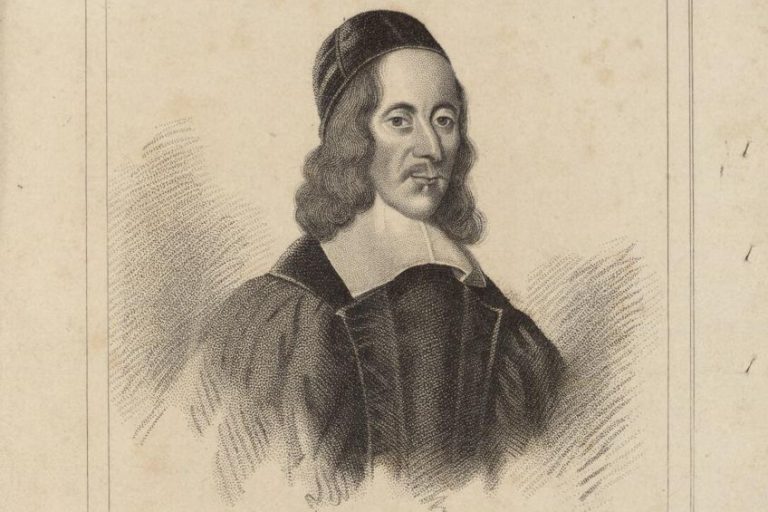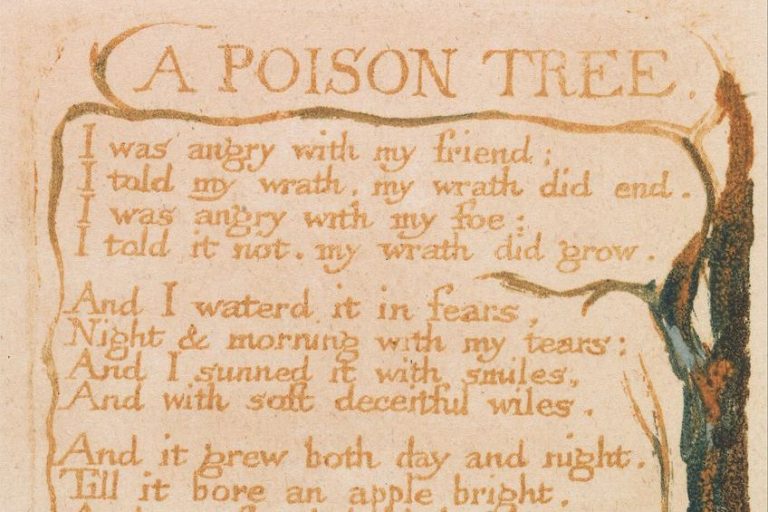Poems About Beauty – How Words Can Capture the Beautiful
When many people think of poems and they’re asked to name a type of poem, they’ll probably mention love poems. However, if you pressed them for more, they wouldn’t take long to get to poems about beauty. There are many famous poems about beauty, and they are often some of the most famous poems in the world. This article serves as a short list of poems about beauty. There are far more than those that have been listed below, but this should give a good general overview of the poems about beauty. If you want some long and short poems about beauty, you can stop looking and start reading below!
Table of Contents
- 1 Poems About Beauty
- 1.1 Sonnet 18: Shall I compare thee to a summer’s day? (1609) by William Shakespeare
- 1.2 Sonnet 130: My mistress’ eyes are nothing like the sun (1609) by William Shakespeare
- 1.3 She Dwelt among the Untrodden Ways (1800) by William Wordsworth
- 1.4 She Walks in Beauty (1814) by Lord Byron
- 1.5 Hymn to Intellectual Beauty (1817) by Percy Bysshe Shelley
- 1.6 Ode on a Grecian Urn (1819) by John Keats
- 1.7 Still will I harvest beauty where it grows (1920) by Edna St. Vincent Millay
- 1.8 Essential Beauty (1964) by Philip Larkin
- 1.9 Beautiful (2004) by Carol Ann Duffy
- 1.10 We Are All Born So Beautiful (2014) by Rupi Kaur
- 2 Frequently Asked Questions
Poems About Beauty
There are so many long and short poems about beauty in the world because we love to focus on what we deem to be beautiful. There are poems about beautiful women, poems about beautiful men, poems about beautiful landscapes, and so on. However, the one major aspect that unifies each of these poems is that they are thematically related to an appreciation of beauty.
This means that poems of this nature are often positive, filled with metaphors that relate beauty to other concepts and ideas, generally make use of emotion to explain and explore beauty in general, and usually use figurative language. However, what is beauty? This is something that many famous poems about beauty attempt to explore from a more philosophical perspective. This is why there are so many of these poems that attempt to be more introspective rather than simply saying that something is pretty. Although there certainly are poems that simply wish to tell us that something is pretty.
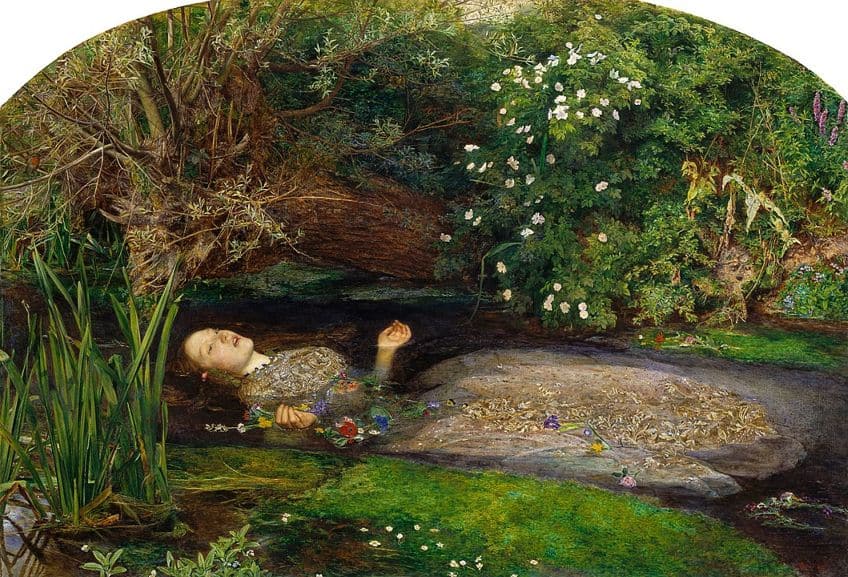
What is beautiful is generally in the eye of the beholder, and while there are many poems about beautiful women (and this is something quite stereotypical of many instances of traditional poetry as women tend to be the poetic subject more than men), poems about beauty can be about far more than physical human beauty.
There are poems about beauty that focus on the inner beauty of a person, such as some of those below, but beauty is also a catchall term that is very subjective. It does not solely relate to people. A landscape can be beautiful, a piece of art can be beautiful, an idea can be beautiful. It depends on the ways in which we choose to view this particular idea. Below, we will see a variety of poems that look at beauty. Hopefully, it should give a good overview of what poems are capable of with regard to an understanding and appreciation of beauty.
Sonnet 18: Shall I compare thee to a summer’s day? (1609) by William Shakespeare
| Date Published | 1609 |
| Type of Poem | Shakespearean sonnet |
| Rhyme Scheme | ABAB CDCD EFEF GG |
| Meter | Iambic pentameter |
| Topic | Beauty |
Sonnet 18: Shall I compare thee to a summer’s day? is a poem by William Shakespeare, and one of the most famous of all the poems that he ever produced. In the case of this particular poem about beauty, it is probably one of the best-known in the English language. The predominant focus is on more than beauty alone, but rather on the idea that the subject’s beauty is something that is far more perfect than even the most perfect of all summer days, and that beauty does ultimately fade. However, the purpose of the poem is to find a way to preserve this beauty so that it can remain long after the body has died.
While beauty may fade from the real world, it will not fade from the eternal words that have been written, and so the speaker’s beloved will forever remain a stunningly beautiful and perfect creature in his eyes.

Sonnet 130: My mistress’ eyes are nothing like the sun (1609) by William Shakespeare
| Date Published | 1609 |
| Type of Poem | Shakespearean sonnet |
| Rhyme Scheme | ABAB CDCD EFEF GG |
| Meter | Iambic pentameter |
| Topic | Beauty |
Sonnet 130: My mistress’ eyes are nothing like the sun is an interesting text when it comes to poems about beauty because, unlike many poems about beautiful women, it is quite explicit about how this person is not physically beautiful. The poem uses a multitude of different descriptions that are immensely unflattering and paints this poetic subject as someone who is rather plain-looking or even physically unattractive, but the beauty that the speaker sees is internal. Not all beauty is entirely external even if that does often tend to be the prevailing opinion in many parts of society.
It is also worth noting that Shakespeare is the only poet in this list of poems about beauty that gets two entries and that even Shakespeare could see the juxtaposition between the physical beauty of Sonnet 18 and this sonnet.

She Dwelt among the Untrodden Ways (1800) by William Wordsworth
| Date Published | 1800 |
| Type of Poem | Elegiac poem |
| Rhyme Scheme | ABAB |
| Meter | Alternating iambic tetrameter and iambic trimeter |
| Topic | Beauty |
She Dwelt among the Untrodden Ways is a stunning poem about beauty that is somewhat similar to the above poem. In this famous poem by William Wordsworth, the speaker discusses a woman. However, this woman is described as rather plain, and her beauty can often only be seen when she is not surrounded by others. Her beauty is something more subtle and individual. She is perhaps then not beautiful in the stereotypical sense, but rather in the sense that she has a deeper inner beauty that can only be found when one has spent time with her on her own rather than with others.
Not all beauty is purely physical, and the inner beauty of a person is often far more important than any external beauty could ever be.
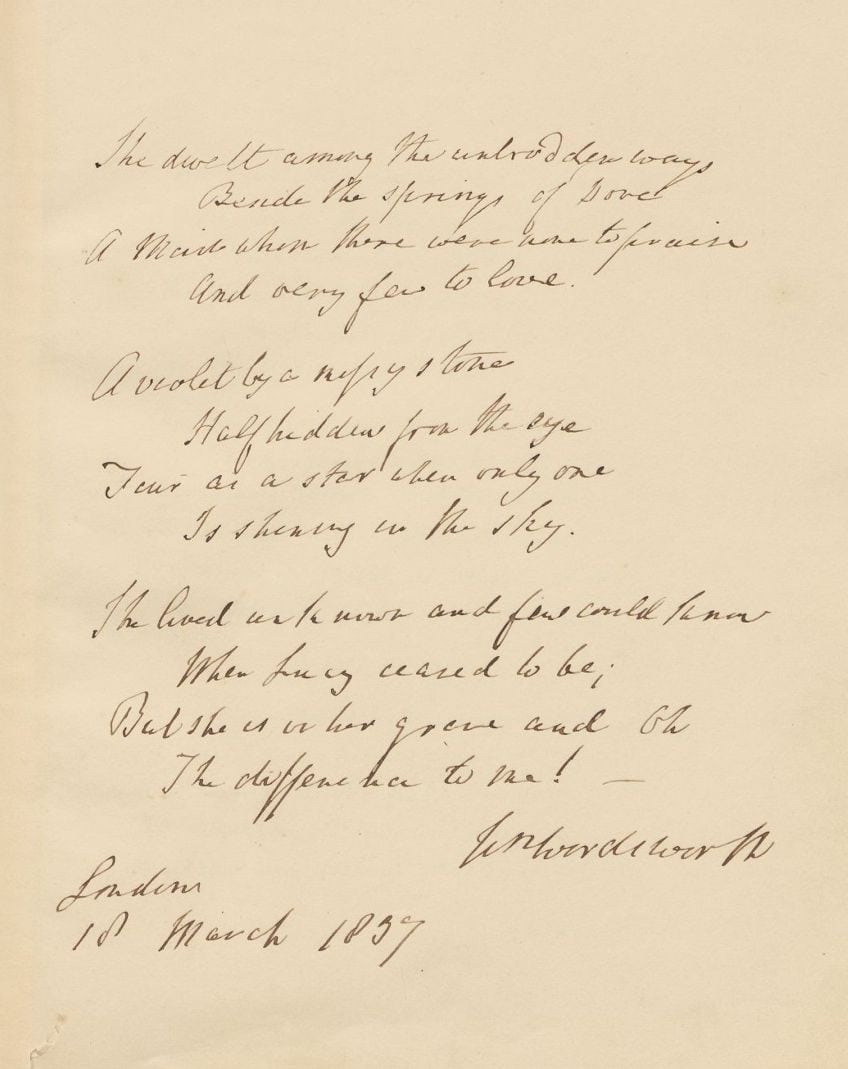
She Walks in Beauty (1814) by Lord Byron
| Date Published | 1814 |
| Type of Poem | Lyrical poem |
| Rhyme Scheme | ABABAB |
| Meter | Iambic tetrameter |
| Topic | Beauty |
She Walks in Beauty is probably one of the most famous poems about beauty. In the case of this particular poem, it is one of the many famous poems about beautiful women. The speaker compares this female character to other beautiful things, such as a beautiful nighttime sky that is clear and full of stars. Other natural images are also used to highlight this beautiful woman. Comparisons to the natural world are rather common when it comes to famous poems about beauty because the natural world is one that we generally agree is stunning without requiring further justification.
We typically agree that this is true, and so if we take something that we see as a kind of definite, and compare it to something subjective, such as human beauty, then a strong association can be established that argues that the human is beautiful by proxy.

Hymn to Intellectual Beauty (1817) by Percy Bysshe Shelley
| Date Published | 1817 |
| Type of Poem | Hymn |
| Rhyme Scheme | ABBAACCBDDEE |
| Meter | Various iambic structures |
| Topic | Beauty |
Hymn to Intellectual Beauty is a poem that evokes a certain spiritual component in understanding beauty from a more intellectual perspective. The poem examines the so-called “Spirit of Beauty” that exists within our minds and in the world. This notion of beauty as a kind of spiritual and intellectual force dives deeper into more philosophical ideas surrounding what is and is not beauty, and poems about beauty can explore ideas like this for us to contemplate and consider.
The use of the term “hymn” as a title for the poem also directly connects this poem to ideas of spirituality and how that connects to our understanding of beauty as a concept.

Ode on a Grecian Urn (1819) by John Keats
| Date Published | 1819 |
| Type of Poem | Ekphrastic poem |
| Rhyme Scheme | Various |
| Meter | Various |
| Topic | Beauty |
Ode on a Grecian Urn is a poem about art. However, this ode, which is a type of poem that serves as a celebration of something, examines the beauty of art in a bit of a different sense to other poems about beauty. This poem examines and describes an urn, and that urn is one of ancient Greek origin that has beautiful carvings on it, and those carvings show the world as the creators of it had experienced, and those creators have long since died. The urn is all that remains. The beauty of the art upon it has transcended time to remain eternal, and the scenes depicted on it have been captured for all to see for all time.
We can all see the beauty of a world we can never experience because of the beauty of this piece of art.
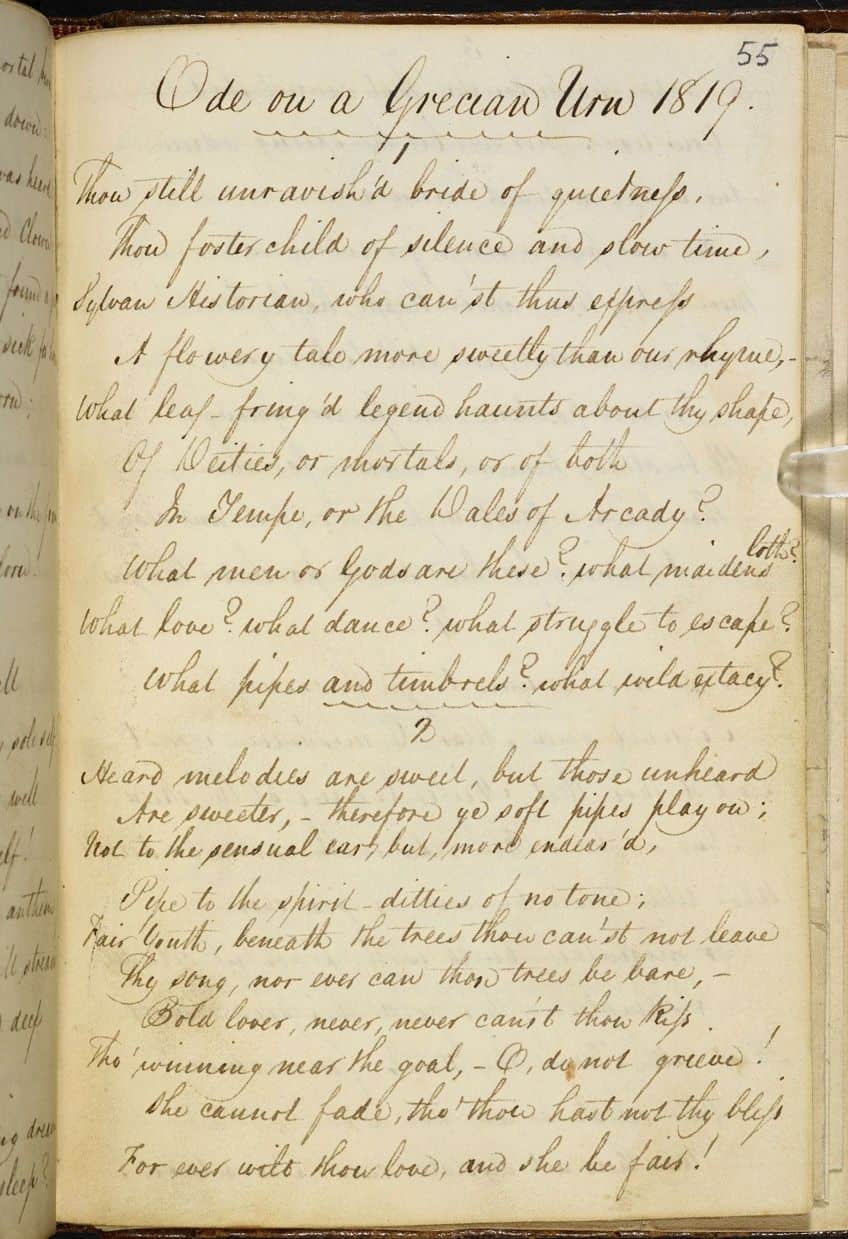
Still will I harvest beauty where it grows (1920) by Edna St. Vincent Millay
| Date Published | 1920 |
| Type of Poem | Sonnet |
| Rhyme Scheme | ABBAABBA CDECED |
| Meter | Iambic pentameter |
| Topic | Beauty |
Still will I harvest beauty where it grows is a stunning example of the different kinds of beauty that poems about beauty can explore. In this case, the poem is concerned with various things in the natural world rather than a human object of desire. The poem points out some of the things that we would often not necessarily associate with beauty, such as fungus, while also dwelling on natural aspects of the world that are often associated with beauty, like rainbows.
This trip through the world points out these various parts of the world around us that can be seen as beautiful things, and it serves as a gorgeous examination of what all can be seen as beautiful.
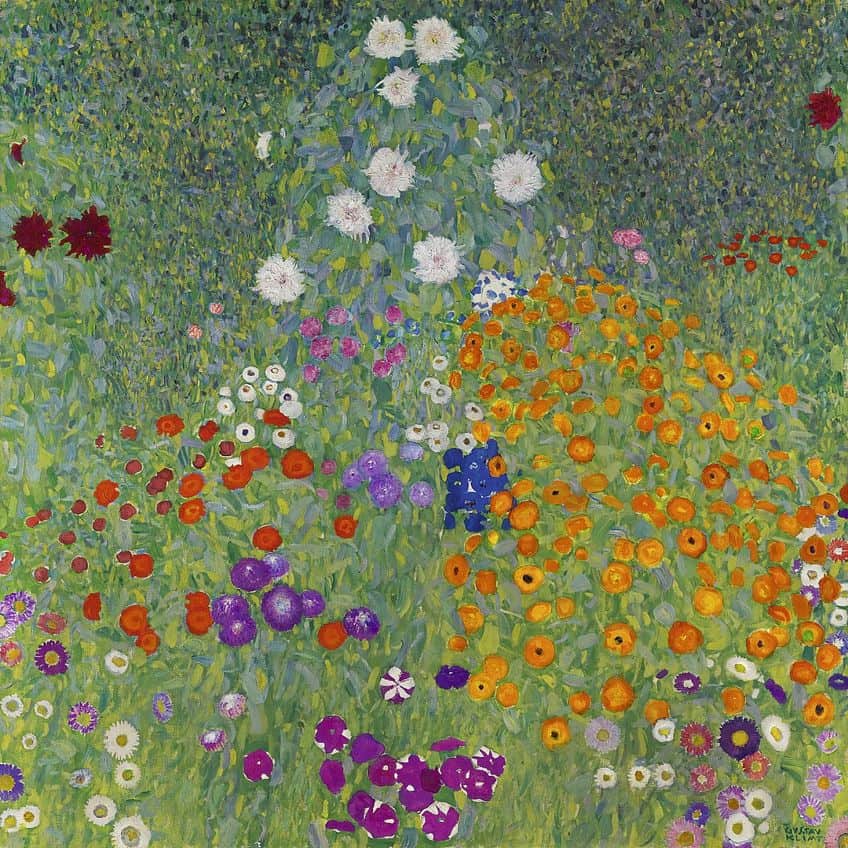
Essential Beauty (1964) by Philip Larkin
| Date Published | 1964 |
| Type of Poem | Non-standard |
| Rhyme Scheme | ABACBDDECFEGFHHG |
| Meter | Iambic pentameter |
| Topic | Beauty |
Essential Beauty is a poem of juxtapositions. It makes use of images of natural beauty so as to further explore ideas around things that are man-made. There is a very specific focus on the role of advertising in the world and the way in which things are plastered on the walls for all to see all the time. There is, for instance, one image of an advert that uses a glass of milk against the backdrop of a meadow. This shows how the poem is exposing the way that something that has become part of the human economy, milk, has come to be associated, through marketing, with ideas of naturalness and green beauty. The poem serves as a means of undermining these kinds of associations that are often made by marketers.
It wants us to critique and understand what these kinds of associations are trying to accomplish when they are used in marketing materials.
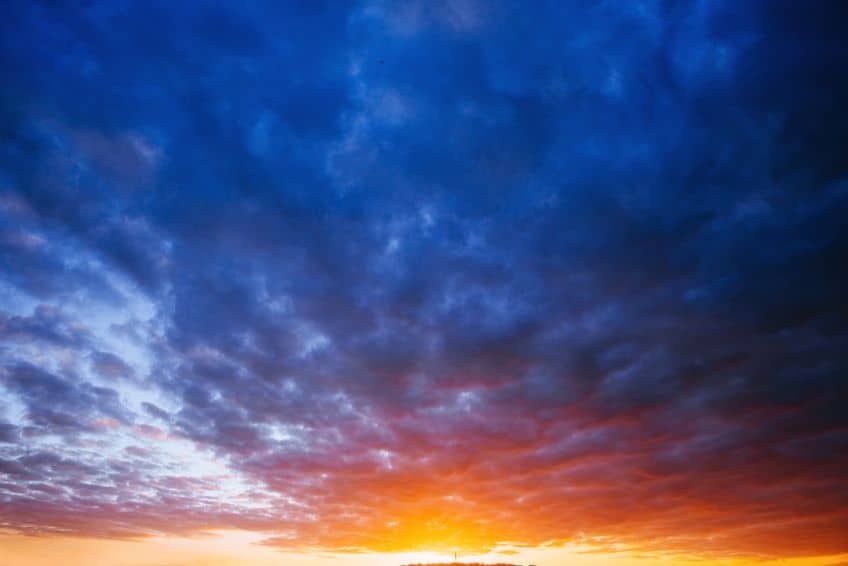
Beautiful (2004) by Carol Ann Duffy
| Date Published | 2004 |
| Type of Poem | Free verse |
| Rhyme Scheme | None |
| Meter | None |
| Topic | Beauty |
Beautiful is a poem about beauty that is far more critical than many such poems tend to be. In this case, the poem examines the pitfalls that come with beauty. It looks at a number of different instances of feminine beauty and what they have led to, such as death and infidelity. Essentially, the poem wants us to consider that beauty, which is often taken as a purely positive thing, can have negative aspects. It can be powerful, and it can allow one to control others in some sense, but it can also lead to exploitation and other tragic realities.
Not every poem about beauty will be positive, but most of them still tend to be very positive in their general outlook.
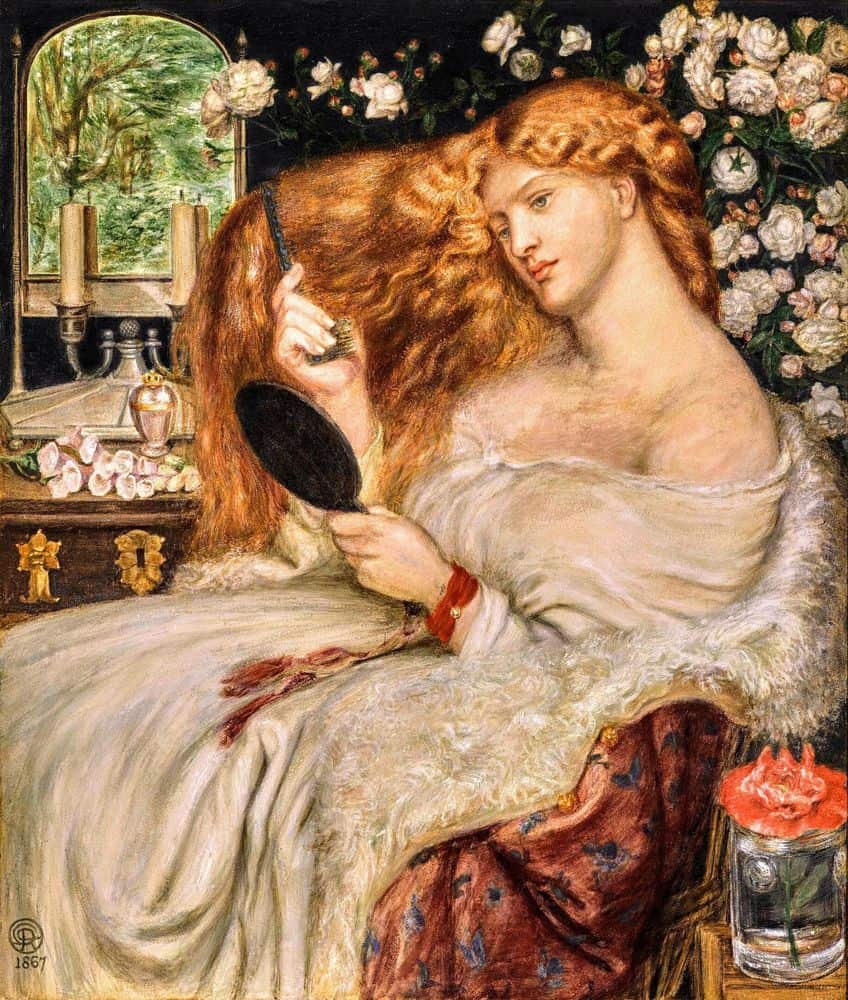
We Are All Born So Beautiful (2014) by Rupi Kaur
| Date Published | 2014 |
| Type of Poem | Shaped poem |
| Rhyme Scheme | None |
| Meter | None |
| Topic | Beauty |
we are all born so beautiful is a rather simple poem, and when it comes to short poems about beauty, this one should not be ignored. In this poem, a simple statement is made, and that is that all of us are born as beautiful creatures, but that we are convinced during our lives that we are not beautiful. This poem is simple and easy to understand in its presentation, and the poem, as with many of Rupi Kaur’s poems, also incorporates images. In this case, the entire poem is encapsulated in the outline of a pregnant woman. It is only in the womb that we are still unexposed to those who would convince us that we are not beautiful. The poem is a condemnation of what society does to our minds while also trying to reaffirm that we should try our best to see our own beauty rather than hiding from it or denying its existence.

Poems about beauty are everywhere. There are poems about beautiful women, beautiful men, beautiful places, and so on. There are so many of these kinds of poems, and so the above list is a very incomplete one. There will likely be long and short poems about beauty that we missed in this above selection of ten different poems about beauty, but the pervasiveness of this theme in poetry means that if you want to find a poem about beauty, you likely won’t have to look very far.
Frequently Asked Questions
What Are Poems About Beauty?
Firstly, there is no such thing as a poetic form that is specifically about beauty. Any type of poem can be about beauty. The above list shows that there are sonnets, odes, free verse poems, and so on that are all poems about beauty. So, this essentially means that a poem about beauty is a broad thing. A poem about beauty simply has to be any kind of poem that focuses on any kind of beauty. There are many different ways to see beauty, and so there are many different kinds of famous poems about beauty.
What Are the Characteristics of Poems About Beauty?
While poems about beauty do not have a specific formal category, there are some common characteristics that can be found in long and short poems about beauty. Some of these characteristics include a focus on appreciation, the use of imagery, an emotional appeal, the adoption of figurative and metaphorical language, and, often, a fixation on attempting to explore some kind of a philosophical understanding of what beauty is in the first place. The subjectivity of the form and the theme allows for a wide degree of variation in what can be termed a poem about beauty.
What Are Some Famous Poems About Beauty?
There are a great many famous poems about beauty, but some of the most notable include those we have discussed today, such as Sonnet 18: Shall I compare thee to a summer’s day? (1609) by William Shakespeare, She Walks in Beauty (1814) by Lord Byron, and Still will I harvest beauty where it grows (1920) by Edna St. Vincent Millay. This is a tiny selection of the poems that focus on this form, and so it is a minuscule subset of what all is out there in terms of famous poems about beauty.
Who Are Some of the Most Famous Poets Who Wrote About Beauty?
Poems about beauty are some of the most common types of poems, and so there are so many writers who have written on beauty. However, some of the most famous include figures like William Shakespeare, the Romantics like Lord Byron and Percy Bysshe Shelley, and an assortment of other poets, such as Edna St. Vincent Mallay, Philip Larkan, and Rupi Kaur. There are many others who have written poems about beauty, though.
Are Poems About Beauty Only About Human Beauty?
While some of the most famous of these kinds of poems are poems about beautiful women, with a fixation on external beauty, this is not the case with all poems about beauty. A poem of this variety can focus on the beauty of the natural world, inner beauty, the arts, or even simple ideas, such as democracy or love. All of these can be seen as beautiful in one way or another, and many famous poems about beauty will effectively argue their case with regard to these ideas being beautiful.
Justin van Huyssteen is a freelance writer, novelist, and academic originally from Cape Town, South Africa. At present, he has a bachelor’s degree in English and literary theory and an honor’s degree in literary theory. He is currently working towards his master’s degree in literary theory with a focus on animal studies, critical theory, and semiotics within literature. As a novelist and freelancer, he often writes under the pen name L.C. Lupus.
Justin’s preferred literary movements include modern and postmodern literature with literary fiction and genre fiction like sci-fi, post-apocalyptic, and horror being of particular interest. His academia extends to his interest in prose and narratology. He enjoys analyzing a variety of mediums through a literary lens, such as graphic novels, film, and video games.
Justin is working for artincontext.org as an author and content writer since 2022. He is responsible for all blog posts about architecture, literature and poetry.
Learn more about Justin van Huyssteen and the Art in Context Team.
Cite this Article
Justin, van Huyssteen, “Poems About Beauty – How Words Can Capture the Beautiful.” Art in Context. November 21, 2023. URL: https://artincontext.org/poems-about-beauty/
van Huyssteen, J. (2023, 21 November). Poems About Beauty – How Words Can Capture the Beautiful. Art in Context. https://artincontext.org/poems-about-beauty/
van Huyssteen, Justin. “Poems About Beauty – How Words Can Capture the Beautiful.” Art in Context, November 21, 2023. https://artincontext.org/poems-about-beauty/.




